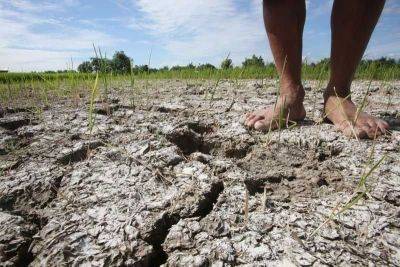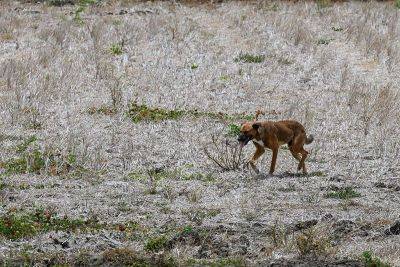Study: Elements that make a neighborhood warm or cool
THE way an urban neighborhood is built and the characteristics of the people who live there are both related to how hot it gets. That is the result of our study, published by the Journal of Buildings.
If you have ever noticed that some parts of a city feel significantly hotter than others, you have experienced a phenomenon known as the urban heat island effect. This effect is most noticeable at night and when comparing rural and suburban surroundings with urban ones.
How we did our work
Our interdisciplinary group of researchers studied two Philadelphia census tracts and found a clear link between outdoor temperature and specific urban characteristics. We then asked whether these urban characteristics can be related to the social vulnerability of the residents.
Social vulnerability is a concept that goes beyond the residents' income to include housing conditions and characteristics of the people — such as their age, education, disability and race. Our social vulnerability index data was created using 16 US census variables.
The design elements of cities, from the materials used for streets and sidewalks to the size and placement of buildings, significantly affect urban heat. To gain a deeper understanding of these impacts, we conducted computer simulations of outdoor air temperature and comfort levels in two Philadelphia census tracts with distinct indices for social vulnerability, one in Roxborough and the other in South Philadelphia.
The social vulnerability index shows a number from 0 to 1, with higher numbers meaning more vulnerable. Our neighborhood in Roxborough had a number of 0.25. In South Philadelphia, the number was 0.98.
Using the open-source geographic information system, or GIS, that analyzes maps along with a microclimate simulation tool, we found that the South Philadelphia neighborhood had more absorbing surfaces, such as concrete. Greenery, including trees and grass, was notably lacking in this neighborhood compared with Roxborough. The characteristics contributed to elevated levels of heat and, consequently, higher reported levels of discomfort in this neighborhood.
Trees are superheroes for cooling down urban areas. Tree crowns block the sun's rays







